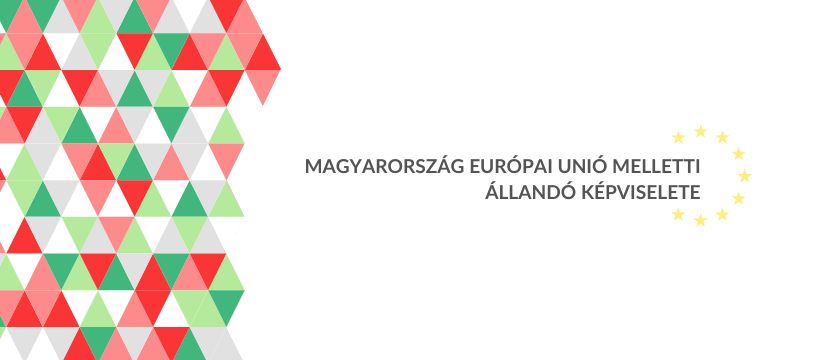Adopted Council conclusions respectively on sustainable water management and in preparation to the Meetings of the Conference of the Parties to the Convention on Biological Diversity, to the Cartagena Protocol on Biosafety and to the Nagoya Protocol.
At the Environment Council meeting the ministers discussed first time the non-ETS legislative proposals adopted by the Commission in July 2016. The ESR proposal lays down obligations on the minimum contributions of Member States to meeting the greenhouse gas emission reduction commitment of the Union for the period from 2021 to 2030. ESR proposal covers sectors like agriculture, transport, waste and building. The LULUCF proposal aims to include the greenhouse gas emissions and removals from land use, land use change and forestry into the EU’s 2030 climate and energy framework.
The conclusions on water management addressed the current challenges of water management in the EU (and within the Central European region) and its priorities. They call attention to the need for a flexible methodology to be ab applied by the EU to reach its water policy objectives, noting the challenges of achieving good status of waters. It calls on the Commission to work with the Member States before and during the 2019 review of the Water Framework Directive, thereby enabling its lasting and subsequent implementation until 2027.
The main topics of the conclusions on biodiversity were the implementation of the Convention’s Strategic Plan for the period 2011-2020, the assessment of progress in achieving the global biodiversity targets (Aichi Targets) and integrating biodiversity concerns into the planning and implementation processes of other sectors. They touch upon the relationship between biodiversity and climate change, the preservation and restoration of protected areas and ecosystems, synthetic biology, as well as resource mobilization and financial mechanisms.
At the Council Commission informed ministers about the 28th Meeting of the Parties to the Montreal Protocol on Ozone Depleting Substances (Kigali, Rwanda, 10-14 October 2016), where agreement was reached on phasing-down the production and consumption of hydrofluorocarbons (HFCs). The Commission also introduced its Communication on the low carbon mobility strategy adopted in July 2016. In this context, the Commission briefed the ministers about the outcome of the 39th ICAO Assembly (Montreal, Canada, 27 September 27 - October 7), where historical agreement was reached to mitigate international aviation emissions. The new global market based mechanism will be implemented as of 2021. The Cypriot minister drew attention to the financial difficulties of projects approved under NER300 funding programme and urged the Commission to take measures to improve the uptake of unspent funds.
The Polish, Romanian and Hungarian delegations provided information on the lessons learned during the process of the adoption of the Directive of the European Parliament and of the Council on the reduction of national emissions of certain atmospheric pollutants. The Hungarian intervention on the importance of solidarity, fair procedure and transparency during the decision-making within the Council.
The Presidency and the Commission informed of the results of the meeting of Conference of the Parties (COP 17) to the Convention on International Trade in Endangered Species of Wild Fauna and Flora (CITES) held on September 24 to 5 October, 2016 in Johannesburg, South Africa. The Commission and Member States agreed that due to the thorough preparation and effective, coordinated action, the EU reached its negotiating objectives, improving the level of protection for key species and strengthening action on combatting poaching and illegal trade.
The Presidency presented a report on the 2016 World Conservation Congress of the International Union for Conservation of Nature (IUCN). Several Member States have voiced their concerns regarding the set of criteria developed by the Commission on the definition of endocrine disrupting properties of substances. Finally, the Polish delegation reported on lessons learned from the sustainable management of natural resources through the example of the Bialowieza Forest.
